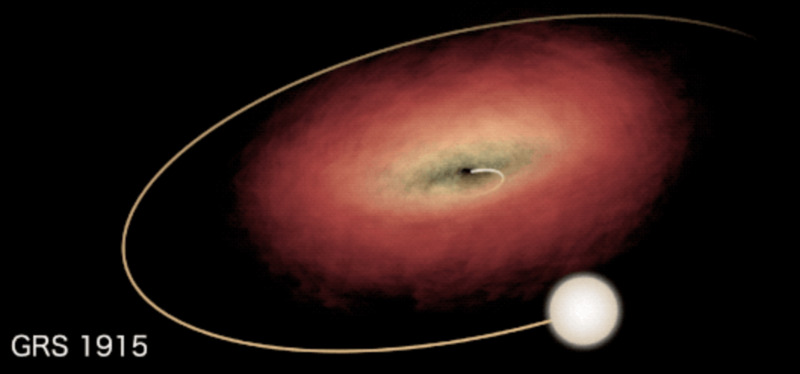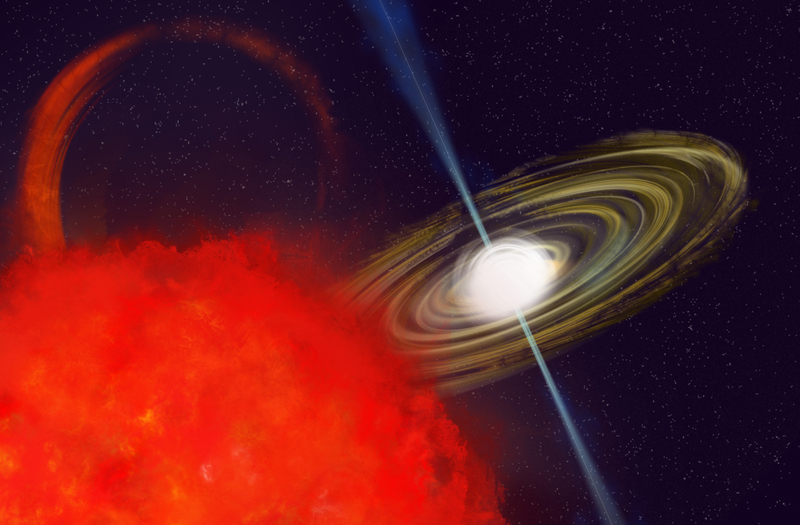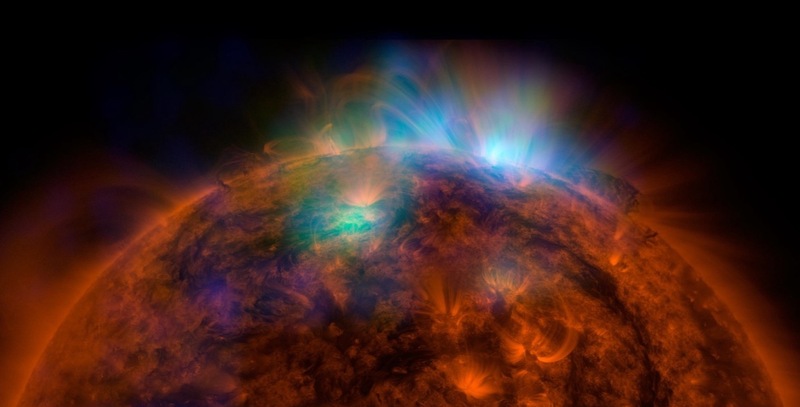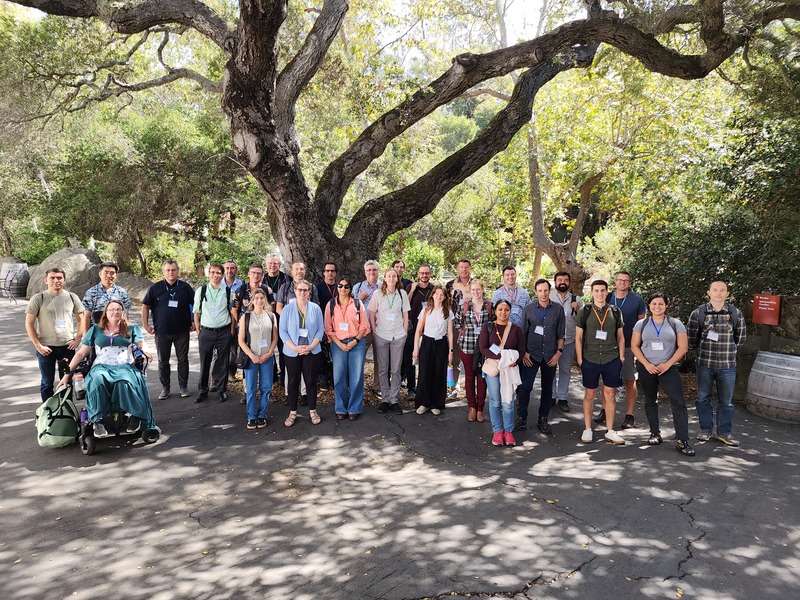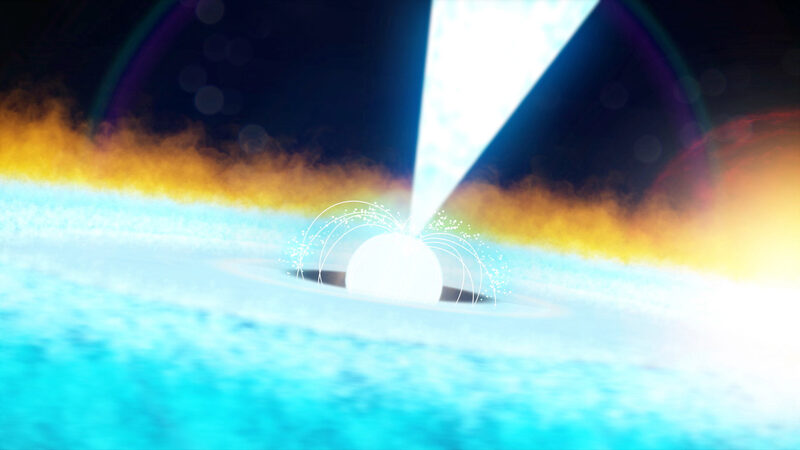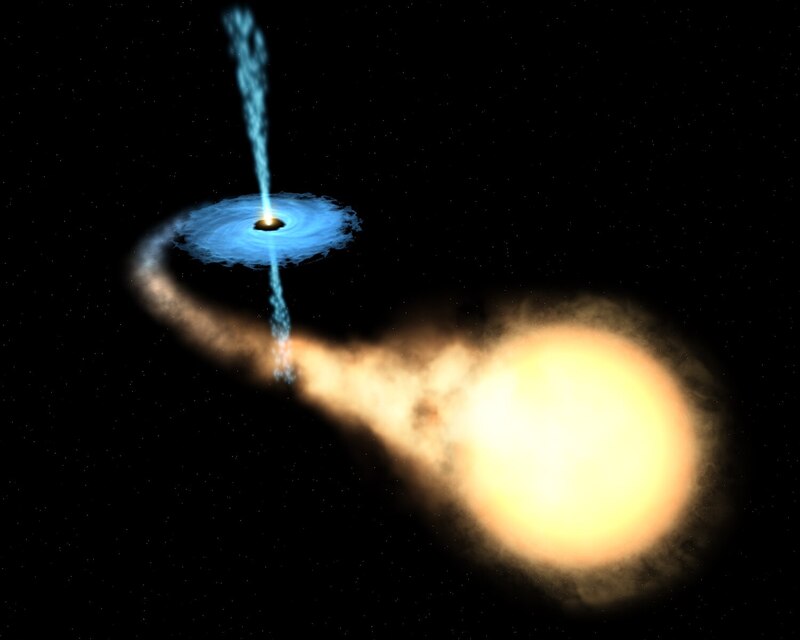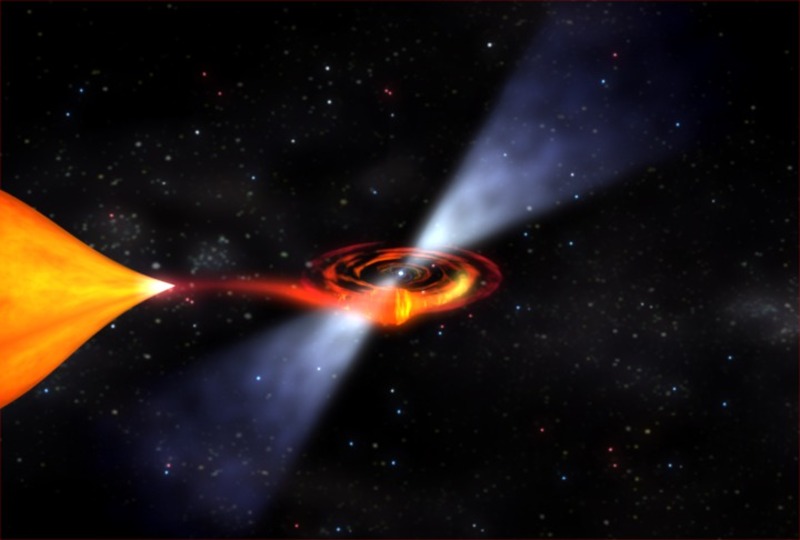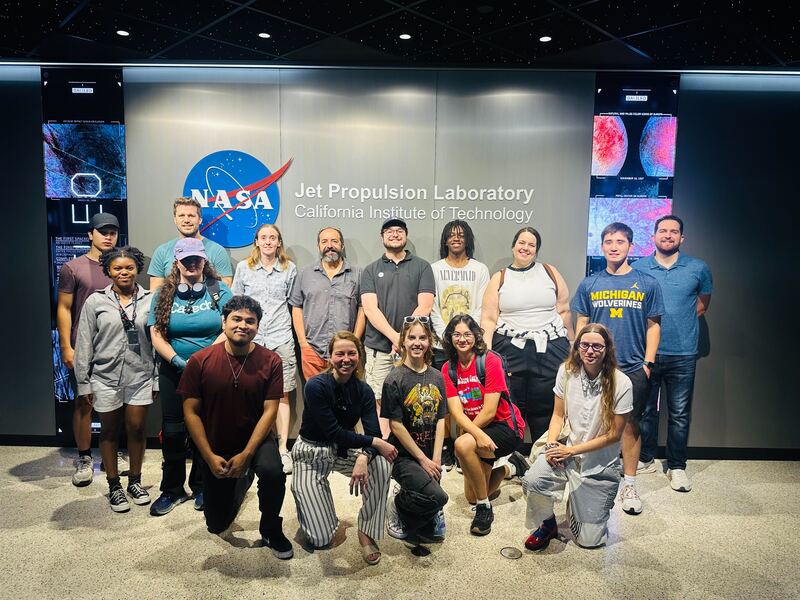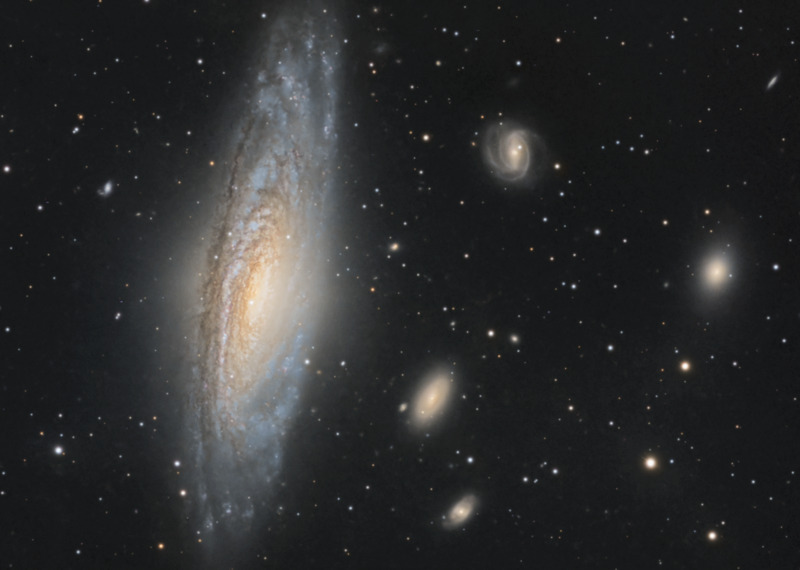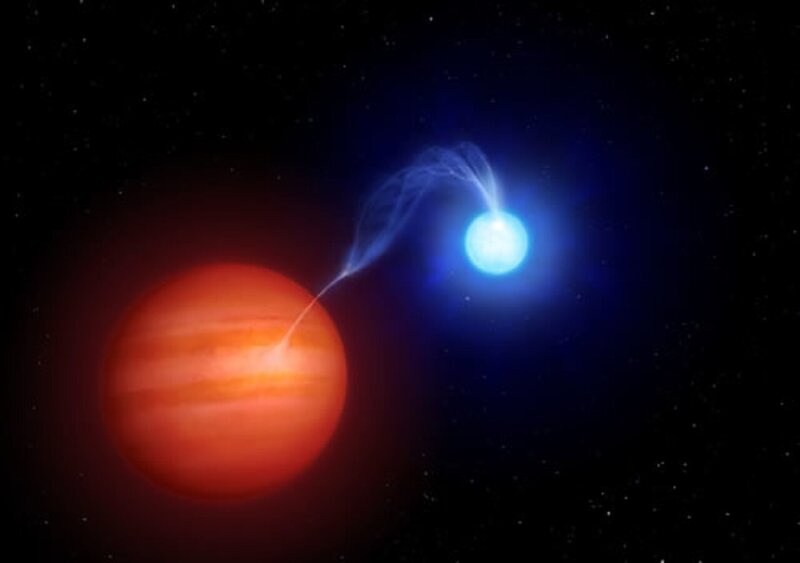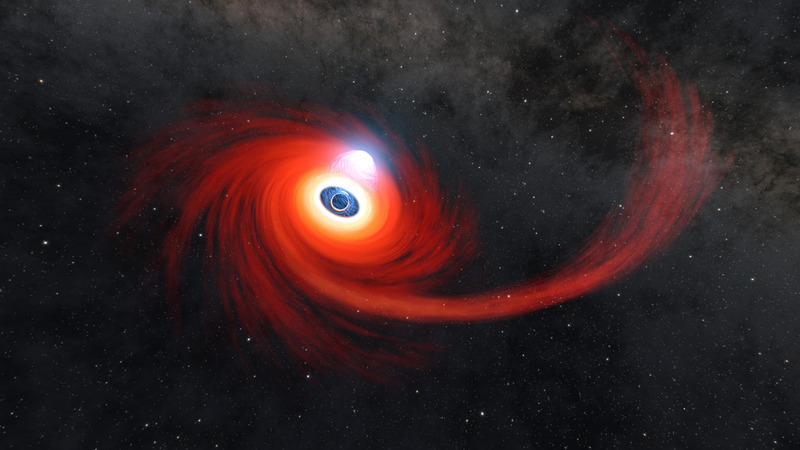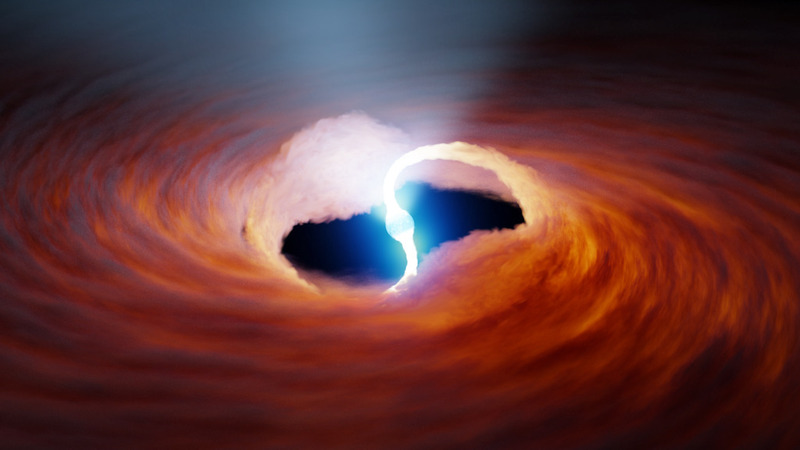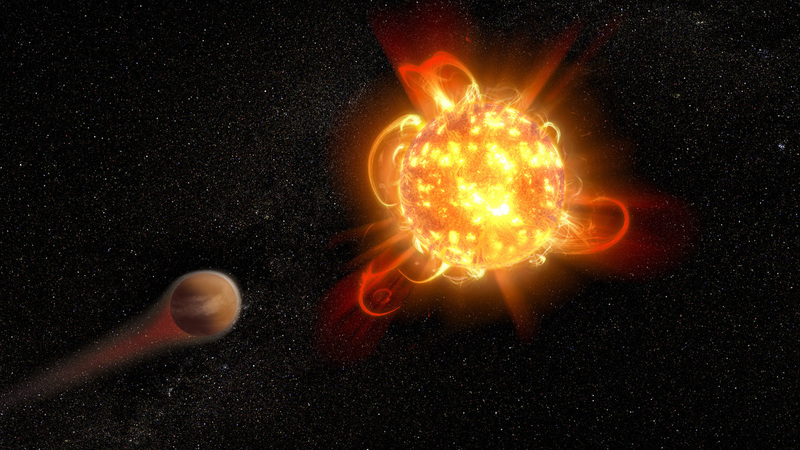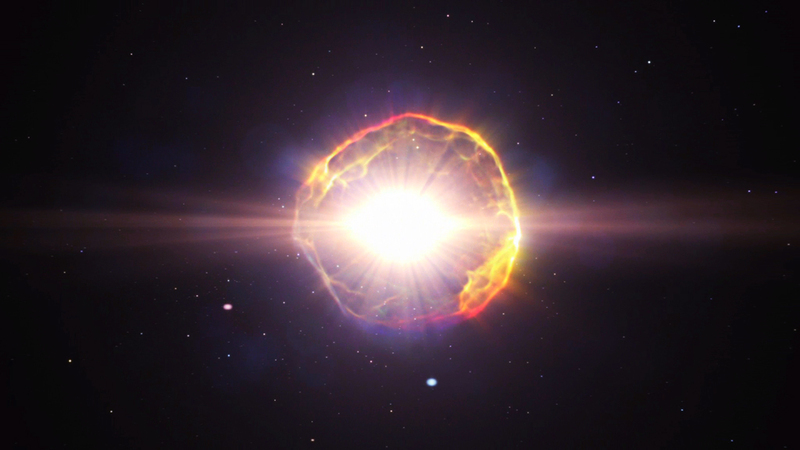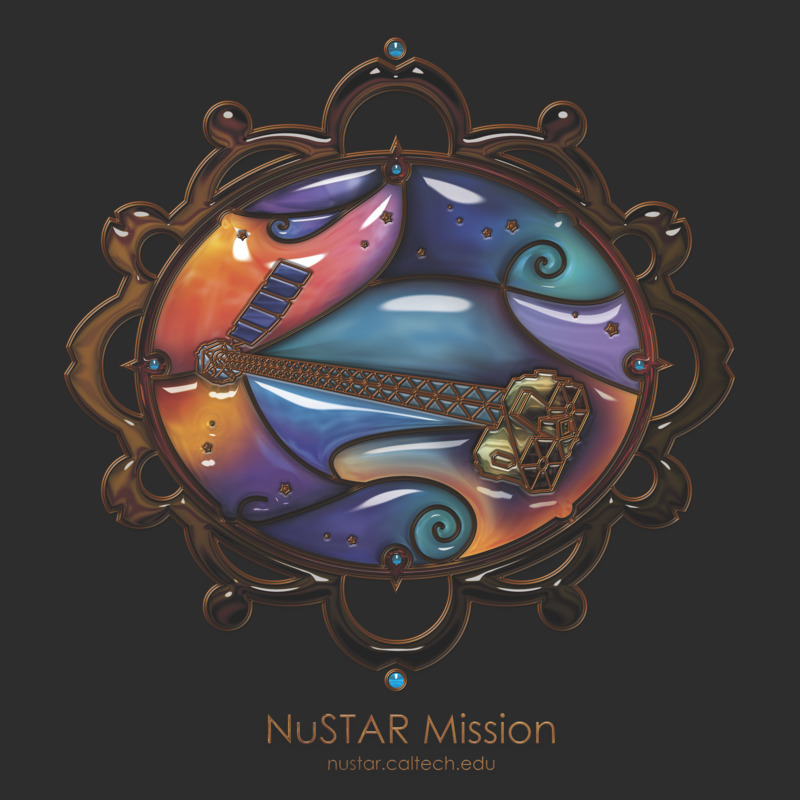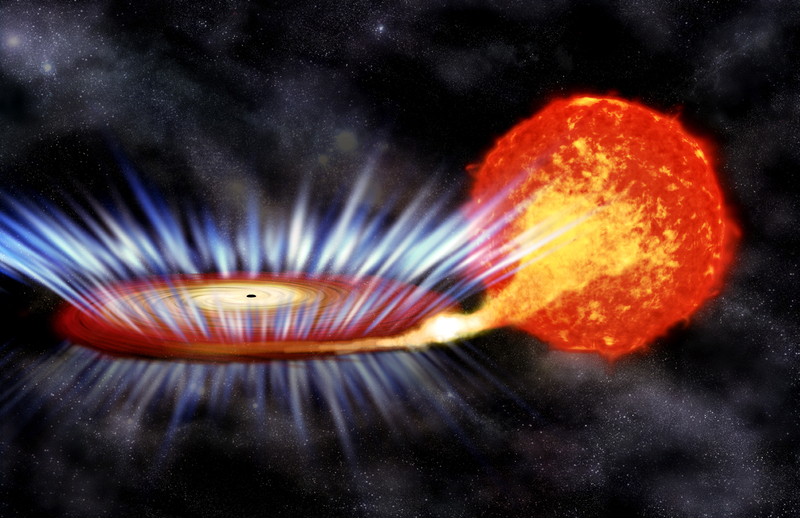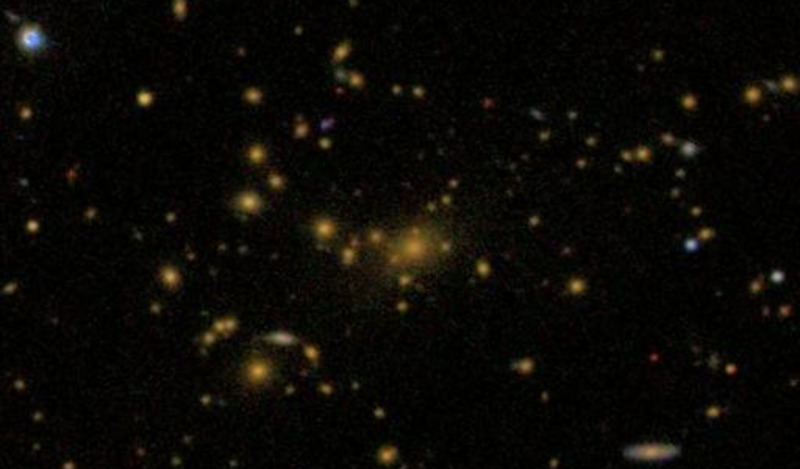NuSTAR Gets A Headstart On Joint Observations
December 19th, 2025
Going backwards really fast: NuSTAR detects an Ultra-Fast Inflow
December 15th, 2025
NuSTAR Observes Interstellar Comet 3I/ATLAS
December 12th, 2025
NuSTAR Searches for Ultra-Fast Outflows and IXPE Proposals Selected
December 5th, 2025
NuSTAR Observes a Nearby Obscured Black Hole
November 28th, 2025
NuSTAR Observes a Mysterious Radio Transient
November 7th, 2025
Particle Physics in Space: In Search of the Elusive Axion
October 31st, 2025
NuSTAR Coordinations with IXPE
October 17th, 2025
High-redshift Active Galaxies and Meeting the Time-Domain Challenge
October 10th, 2025
NuSTAR Investigators Span the Country
September 29th, 2025
NuSTAR Observes the Rosetta Stone of Accreting Millisecond Pulsars
September 26th, 2025
NuSTAR Observes a Neutron Star X-ray Binary
September 19th, 2025
NuSTAR Observes a Cataclysmic Variable
September 12th, 2025
NuSTAR Observes a Gamma-ray Blazar
August 29th, 2025
NuSTAR Observes a Millisecond Pulsar
August 22nd, 2025
NuSTAR Observes A Flaring Star
August 15th, 2025
August 8th, 2025
NuSTAR Observes a Nearby Supernova
August 1st, 2025
A White Dwarf Wakes Up From A Decades-Long Nap
July 25th, 2025
NuSTAR Observes an Unusual Transient
July 18th, 2025
NuSTAR Observes an Ultraluminous X-ray Pulsar
July 11th, 2025
NuSTAR Observes A Flaring Star
July 3rd, 2025
NuSTAR Observes Active Galactic Nuclei with XRISM
June 27th, 2025
NuSTAR Investigates Stars At The End Of Their Lives
June 20th, 2025
NuSTAR Celebrates 13 Years in Space!
June 13th, 2025
NuSTAR Reaches a Major Milestone Towards Faster Response Times
June 6th, 2025
May 30th, 2025
NuSTAR Observes a Black Hole X-ray Binary
May 23rd, 2025
Galaxy Clusters and the General Observer Program
May 16th, 2025
Distant Flares and Nearby Remnants
April 18th, 2025




